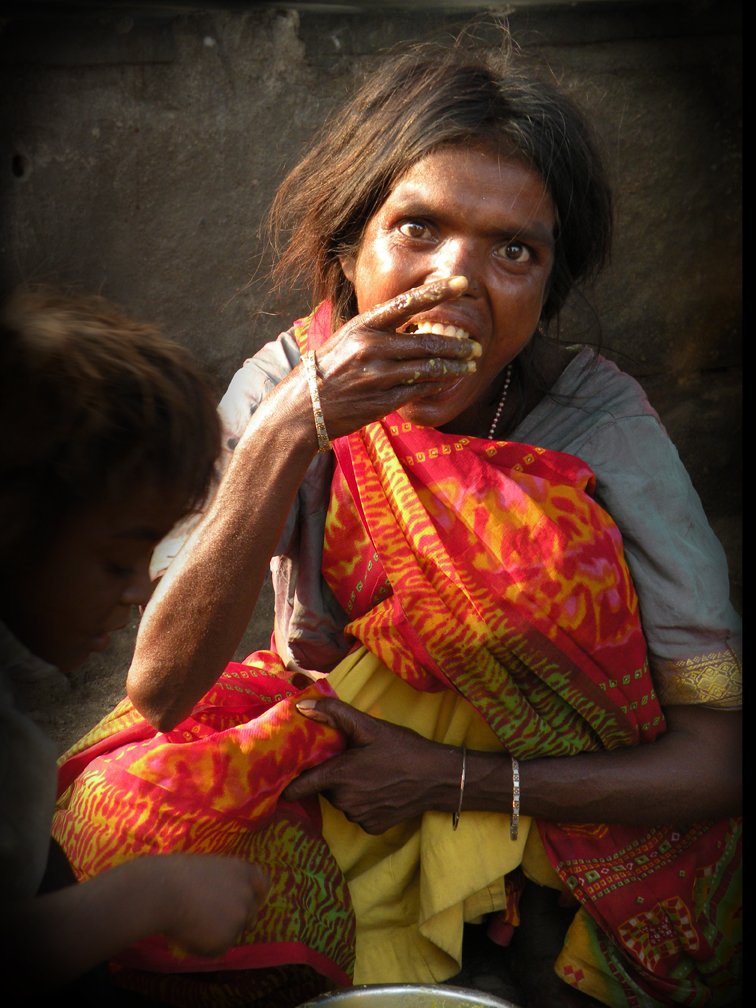Our Moral Obligation to Stop Absolute Poverty in India

Imagine not knowing where your next meal is coming from. Imagine not knowing where you’re going to sleep tonight. Imagine not being able to use a real toilet. Imagine not having access to safe water. Imagine not being able to tell your children that they will be better off. If you can visualize living these atrocities, you are stepping into the shoes of a person in absolute poverty.
Issue
Poverty in India is rapidly increasing, and in 2013, the Planning Commission released data suggesting the poverty had decreased from 32.7 percent in 2005 to 21.9 percent by 2012. The poverty line separates those who are and are not poor. In The Poverty Line, S Subramanian wrote, “A poverty line is identified in monetary units as the level of income or consumption expenditure required in order to avoid poverty.” Basically, a person’s annual income rate affects their poverty level. Poverty in India is becoming increasingly concentrated, and it is increasing in urban areas. Many people in India are below the poverty lines, in fact, 67 percent of India is regarded as poor.
To eradicate poverty, India needs a multi-pronged approach, and a sharp focus. One-third of the world’s extreme poor is concentrated in India. To end extreme poverty, the World Bank Group seeks to commit a significant amount of effort to eliminate poverty by 2030. Also, the WBG would focus on ensuring that the benefits of prosperity are shared and promote income growth. While economic growth remains vital for reducing poverty, growth has its limits. The poor should be able to access new resources in order to ensure prosperity. Another observation by O P Jindal, Global University and Oxford University Pres,s was that poverty was becoming concentrated in a few geographical areas. This was part of the India Public Policy Report, published in 2014.
A recently released report from The Hindu stated,
Overcoming poverty requires a context specific multi-pronged strategy that includes: a basic needs approach, a human rights entitlement approach, a natural resource management approach, and a focus on inclusive economic growth.
Moving Forward
There are many steps and approaches needed to eradicate the poverty line in India. It may seem impossible, but it is not impossible until all methods within reason have been tried. There is a problem with having 67 percent of those living in India be poor, and this needs to be fixed.
McKinsey Global Institute has a plan. MGI created the Empowerment Line,
MGI has created the Empowerment Line, an analytical framework that determines the level of consumption required to fulfill eight basic needs—food, energy, housing, drinking water, sanitation, health care, education, and social security—at a level sufficient to achieve a decent standard of living rather than bare subsistence.
Government spending is critical to ensure access to basic services, but the government needs to do more than just put their money into these programs. The government needs to implement its hard work and use its power to achieve these goals for the benefit of 67 percent of those living in India.
Moral Obligation
We have a moral obligation to end absolute poverty. Peter Singer, professor of ethics at Princeton University, believes that we have an obligation to reduce absolute poverty similar to our duty to save a drowning child in a pond. This kind of poverty is horrific as many individuals lack basic human needs including food, clean water, and shelter. Additionally, many of these people face terrible “hopelessness, powerlessness, and humiliation.” We must act in any and every way to eradicate absolute poverty.
[Image Attribute: Flickr]



